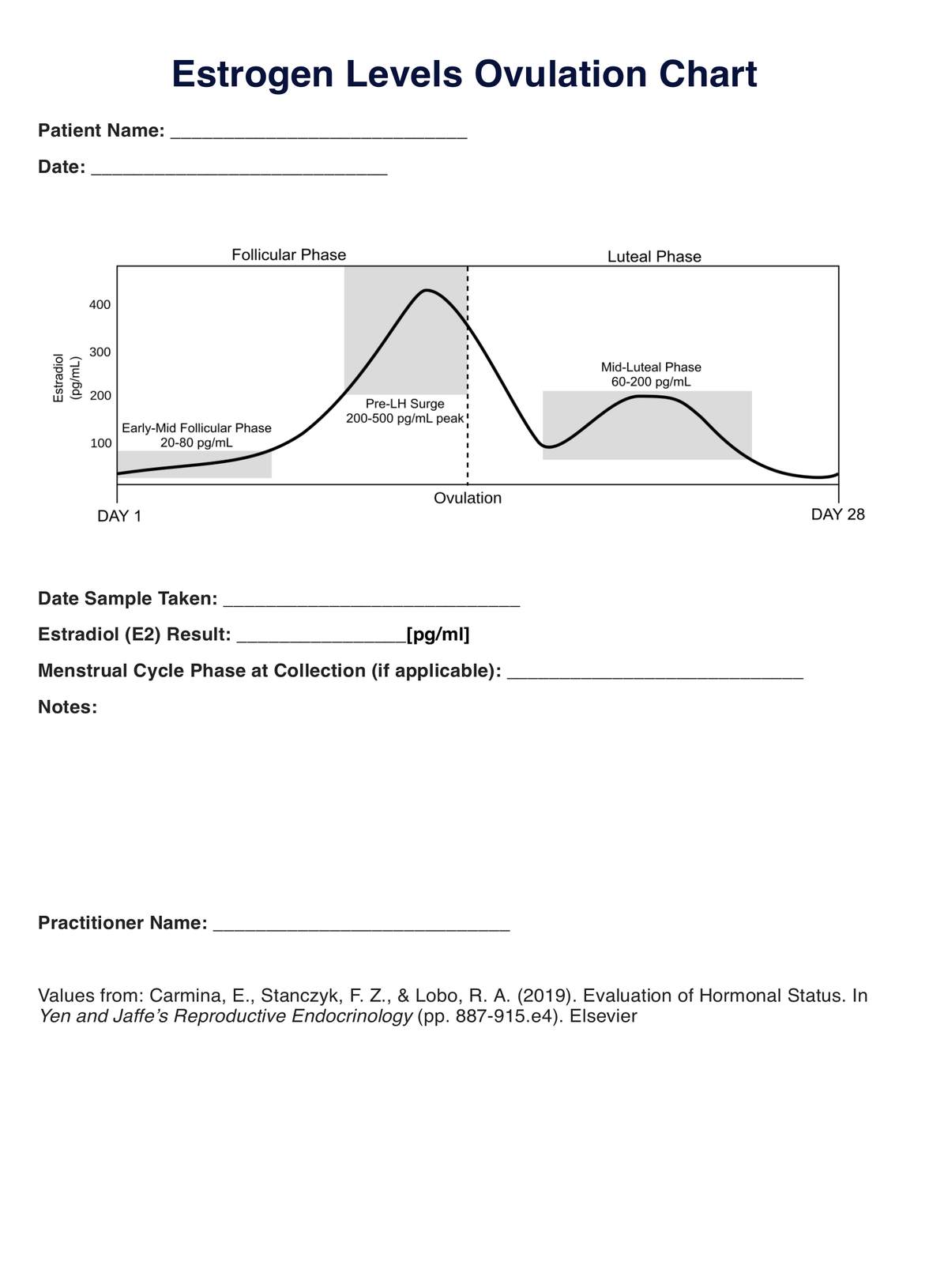As the dominant follicle develops, it secretes estrogen. The increasing but still estrogen levels provide negative feedback on LH and FSH. As estrogen is continually secreted in the late follicular phase, eventually, estrogen levels reach a high enough level that this feedback loop switches to positive, leading to a significant LH surge, which triggers ovulation.












